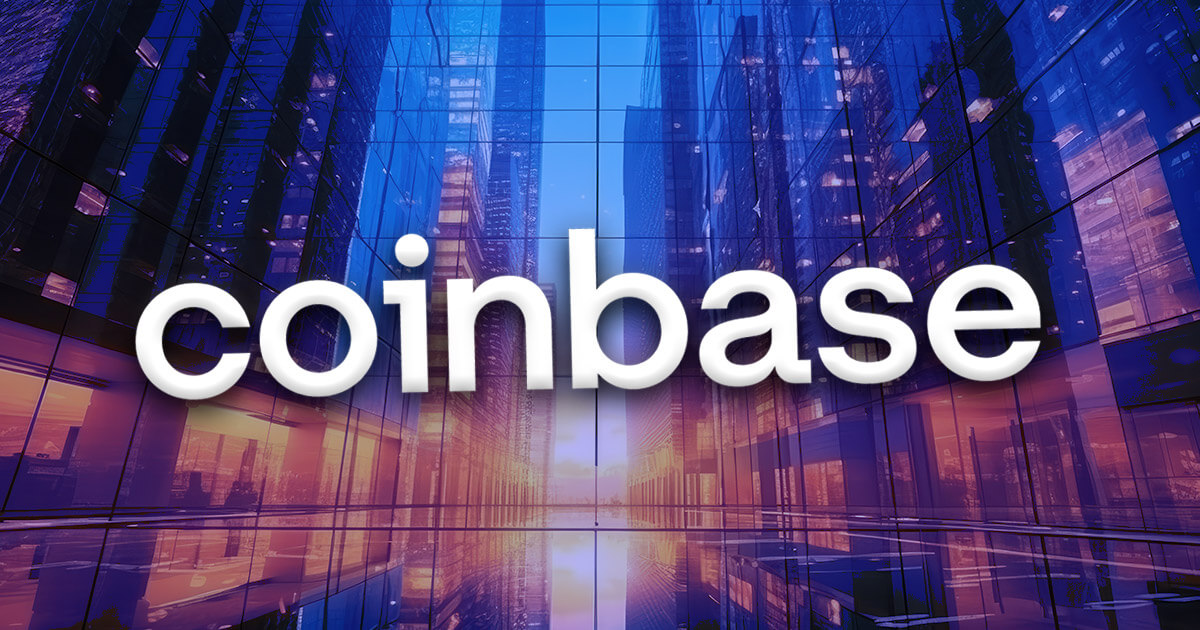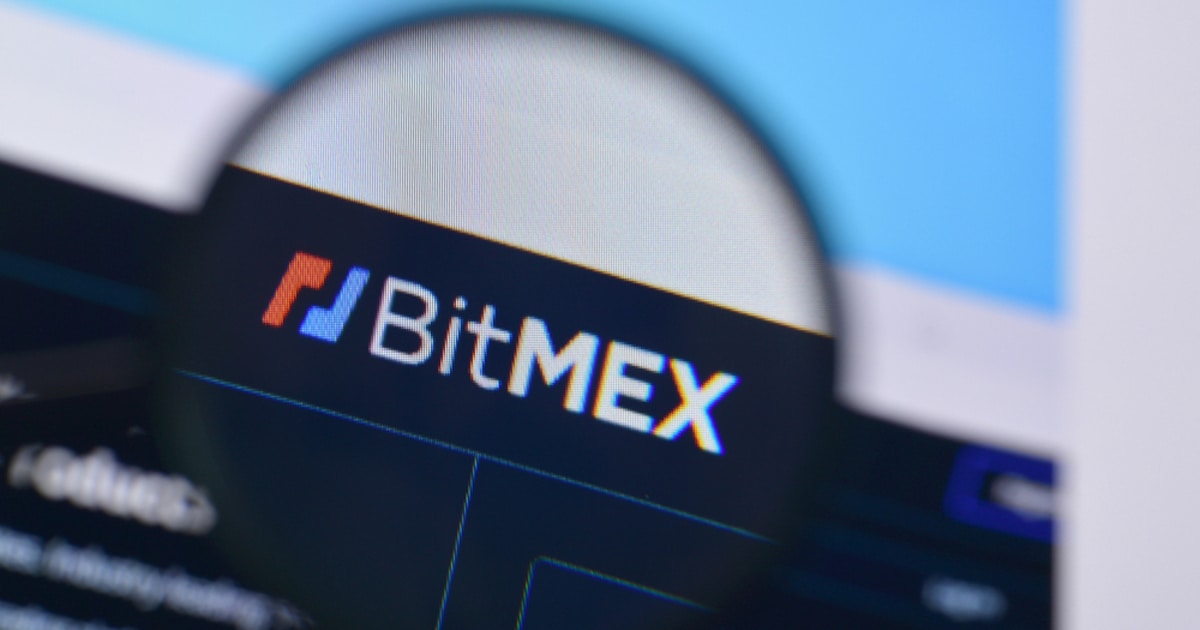The Bank of New York Mellon’s (BNY Mellon) foray into the digital asset custody business has hit a regulatory hurdle, per American Banker.
It emerged that the Securities and Exchange Commission’s (SEC) Staff Accounting Bulletin 121 (SAB 121) requires custodians of digital assets to record those assets on their balance sheets. This regulatory requirement presents a potential impediment for banks looking to scale their digital asset custody business, particularly those specializing in trust services like BNY Mellon.
BNY Mellon embarked on its digital asset custody venture in October 2022. However, the SAB 121 regulatory roadblock was not identified until after the bank had made significant strides toward establishing its crypto custody business.
BNY Mellon’s approach was treating digital assets similarly to more traditional ones, which are not recorded on its balance sheet.
In its application to the New York State Department of Financial Services, the bank stated an intention to support its Digital Assets Custody product by adhering to U.S. Generally Accepted Accounting Principles (GAAP) and International Financial Reporting Standards (IFRS), under which digital assets held by a custodian are not reported on the balance sheet with only associated fiat currency balances needing reporting.
However, the SEC’s position on the matter has sent ripples across the banking industry, potentially deterring other banks wishing to expand into crypto custody, including JPMorgan and Goldman Sachs, who have an interest in cryptocurrency developments.
According to Lee Reiners, a Duke Law and the Duke Financial Economics Center lecturer, the more significant impact for banks would be the leverage ratio, as they would need to hold capital against digital assets. This could influence their decisions on providing crypto custody services.
The heart of the contention lies in whether crypto assets are fundamentally similar to traditional ones.
John Sedunov, an associate professor of finance at Villanova University in the School of Business, said crypto assets present higher technological, operational risks than traditional assets. For instance, a stolen or hacked cryptocurrency could be irretrievably lost, unlike most conventional assets in custody.
Therefore, while crypto and traditional assets may not pose the same risks, a valid argument exists for treating them differently.
Disclaimer: Our writers’ opinions are solely their own and do not reflect the opinion of CryptoSlate. None of the information you read on CryptoSlate should be taken as investment advice, nor does CryptoSlate endorse any project that may be mentioned or linked to in this article. Buying and trading cryptocurrencies should be considered a high-risk activity. Please do your own due diligence before taking any action related to content within this article. Finally, CryptoSlate takes no responsibility should you lose money trading cryptocurrencies.
Credit: Source link















































